
In the Philippines, when a loved one bids farewell, it’s not merely a brief farewell but an extended event, a cultural phenomenon known as “lamay.” Rooted in Catholic traditions, Filipinos conduct a wake that transcends the usual boundaries of a funeral, lasting three to five days, and sometimes even stretching to a full week. This extended period allows distant relatives to traverse the miles and join in paying their final respects.
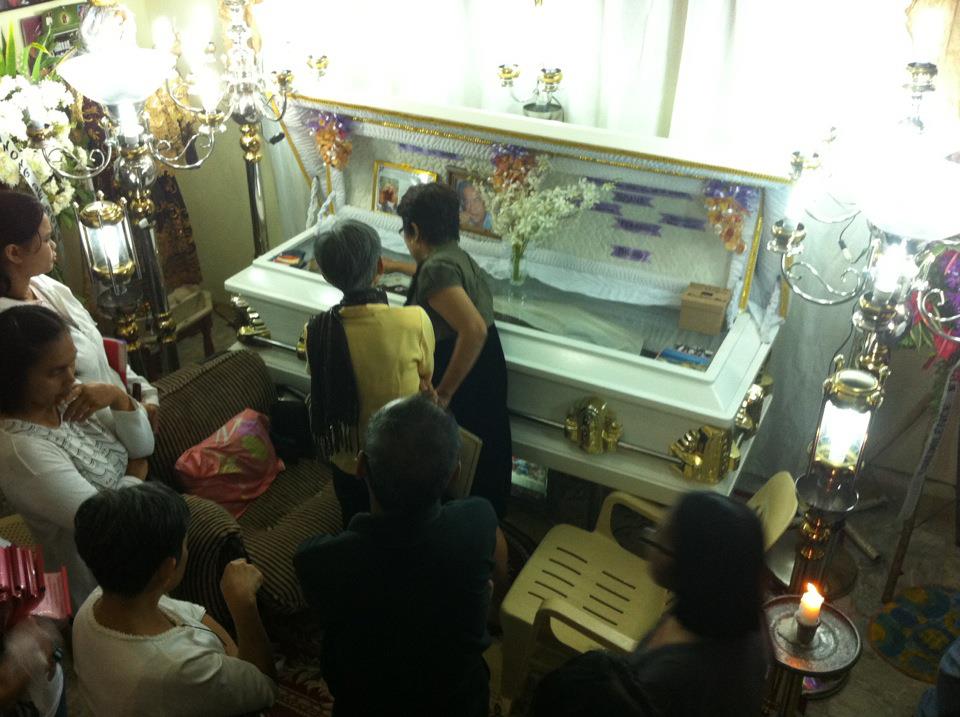
The unique character of the lamay begins with the departed finding their final resting place within the home, snug in a casket. Friends and family stream in to share their last moments, leaving behind tokens of remembrance – flowers, candles, or heartfelt notes.
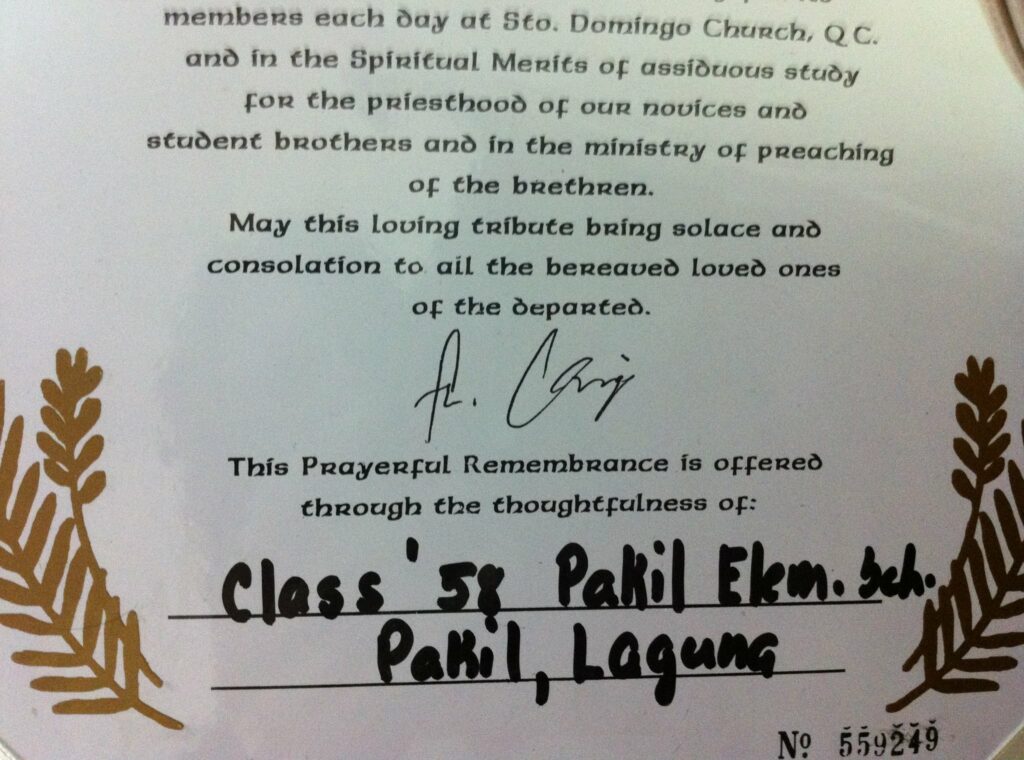
Amidst the collective grief, there’s a beautiful gesture known as “Abuloy” where many contribute financially to the family.
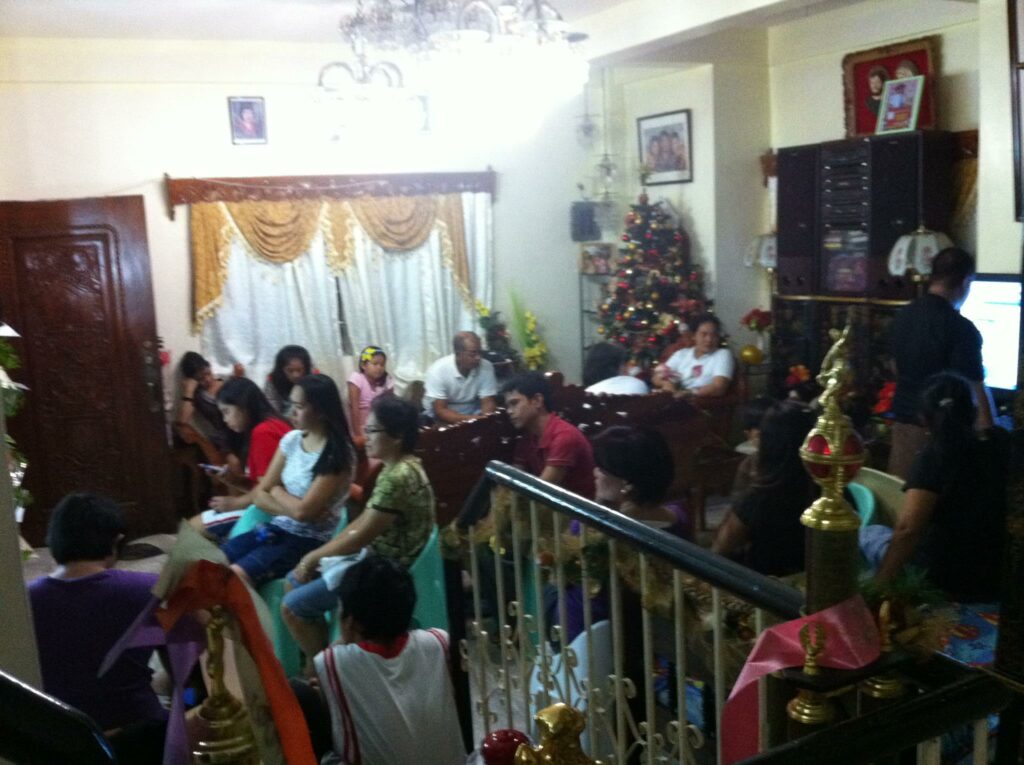
This act of goodwill not only serves as a form of support but also helps alleviate some of the substantial financial burdens associated with funerals and burials.
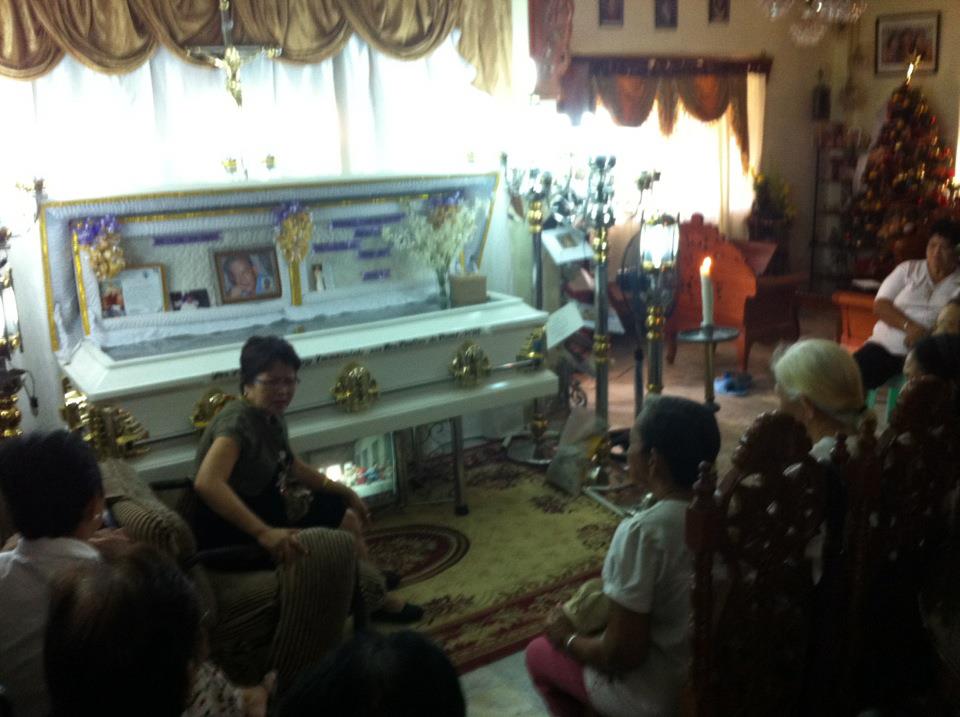
As the sun sets, signaling the transition to night, the atmosphere doesn’t turn somber. Instead, family members take turns in a watchful vigil, ensuring the departed is never left alone.
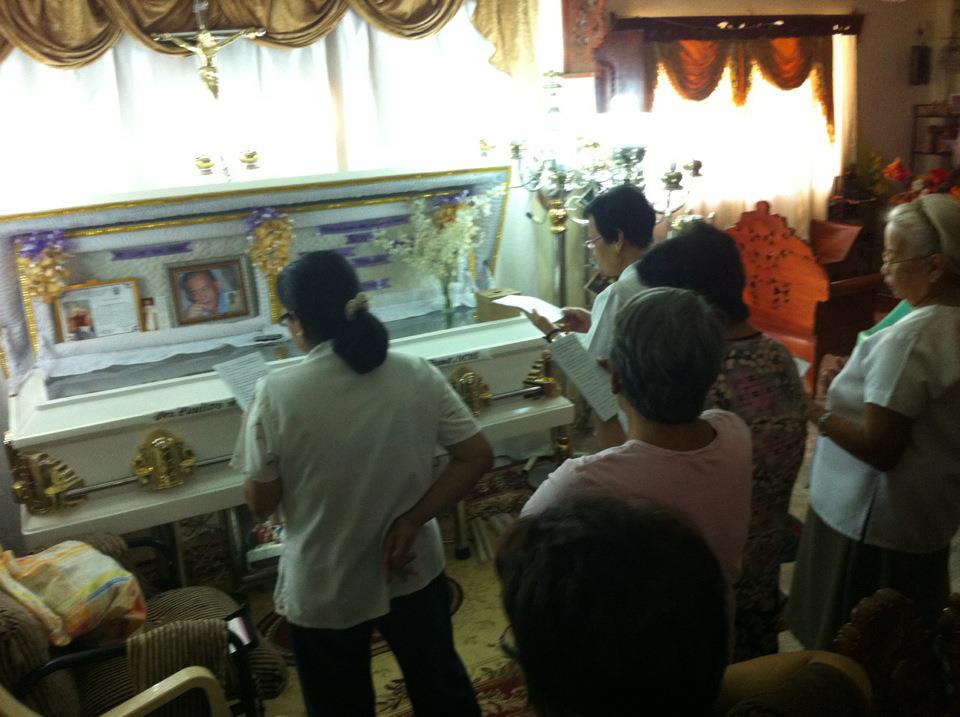
However, this vigil isn’t a melancholic affair; it’s an opportunity to celebrate the life of the departed.
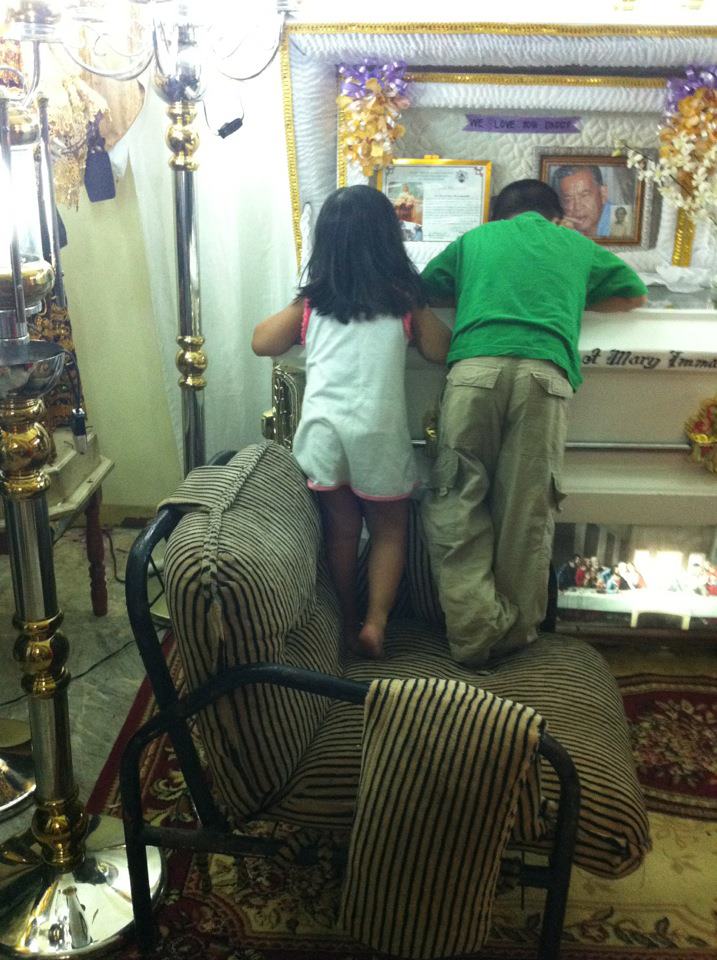
These late-night hours become a canvas for sharing fond memories, engaging in heartfelt conversations, and embracing the joyous aspects of the person’s life.
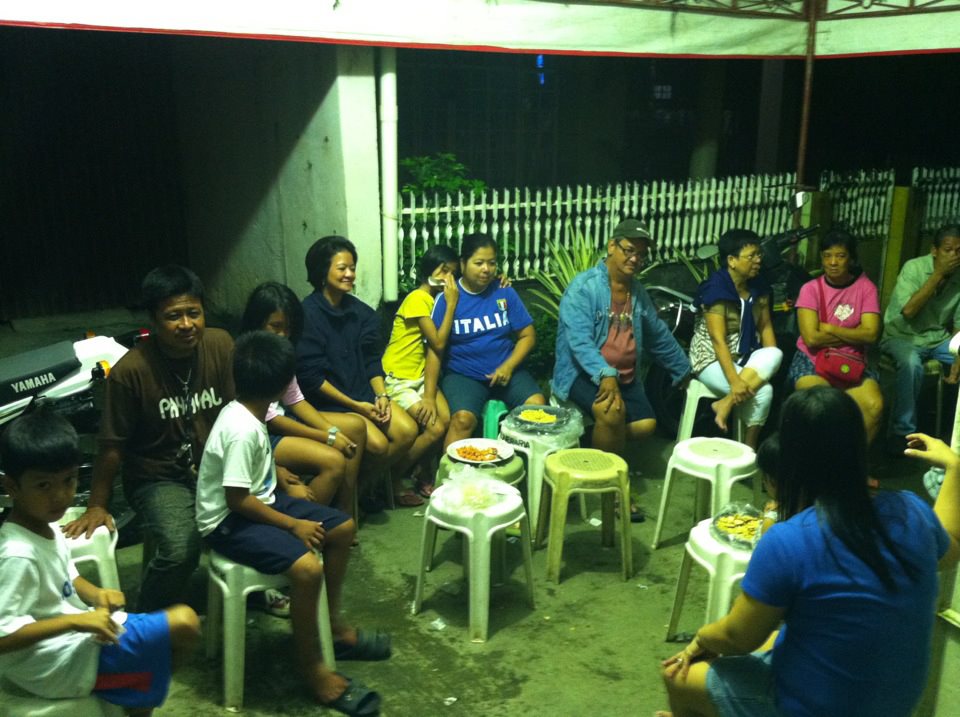
Singing, music, games, and shared meals turn these moments into a celebration of the person’s journey.
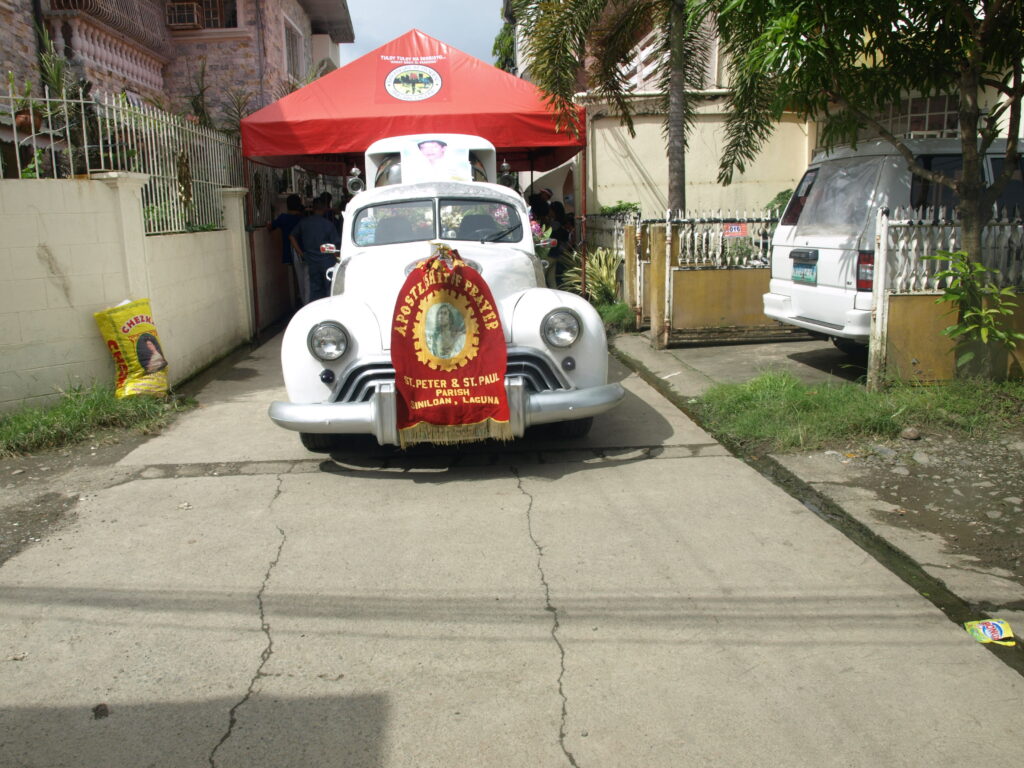
When the time comes for the funeral day, a solemn yet celebratory event unfolds. The community gathers at the local church, united in their grief and ready to honor the departed’s journey to the next realm. The air resonates with hymns and prayers, offering a spiritual solace to those in attendance.
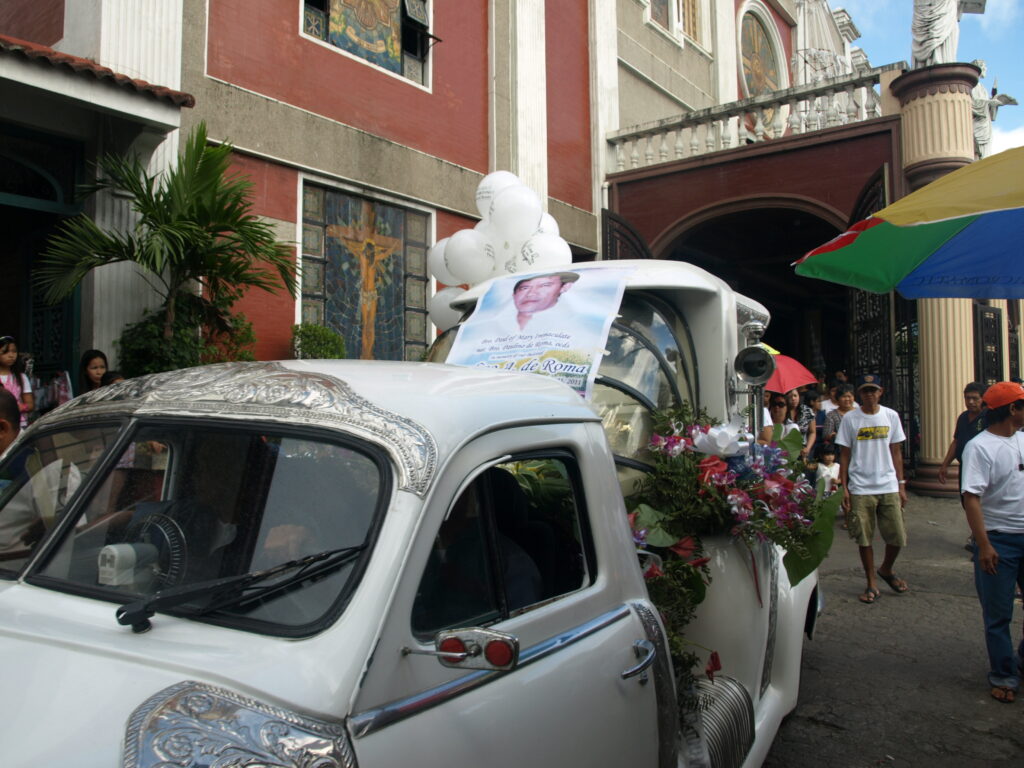
One distinctive Filipino tradition during the funeral is the symbolic journey from the church to the cemetery. As the casket is carried in a procession, family and friends walk alongside, creating a poignant tableau of shared mourning.
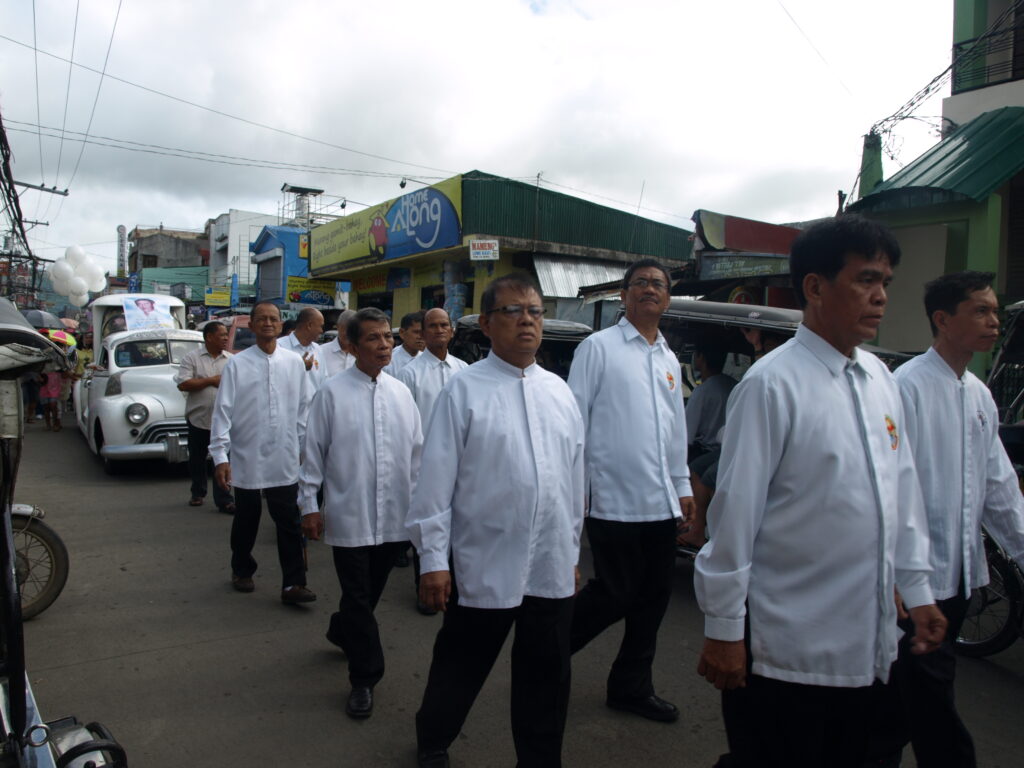
The route, filled with heartfelt conversations and prayers, bridges the earthly realm and the final resting place.
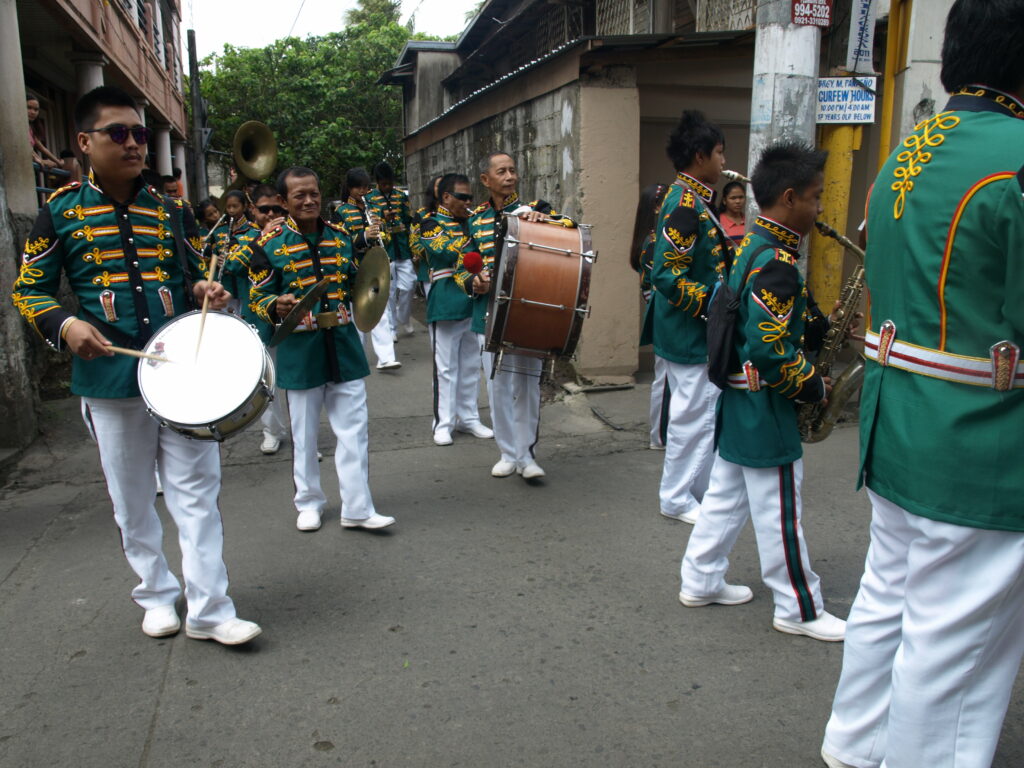
What adds a unique touch to this somber journey is the music. Live bands or musicians often accompany the procession, playing melancholic tunes that evoke both sorrow and celebration. These musical notes serve as a melodic tribute to the departed, encapsulating the bittersweet nature of saying goodbye.
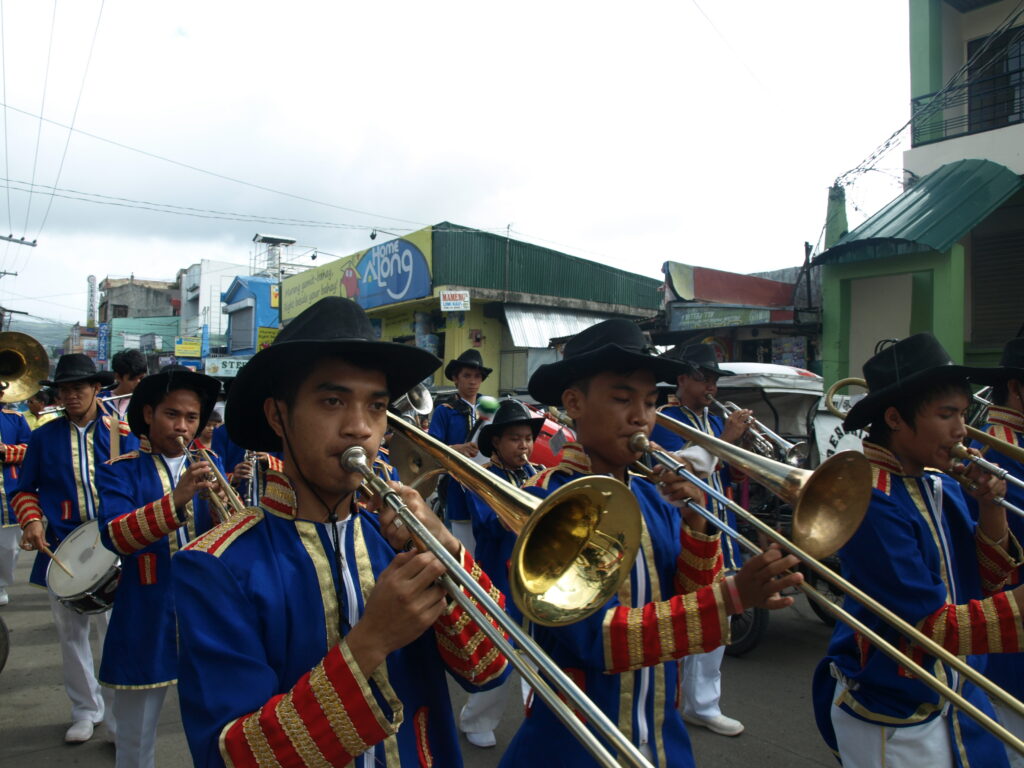
But the tradition doesn’t conclude with the funeral day. Instead, it extends into the following year with a symbolic act known as “luksa.” Those close to the departed wear black throughout the year, an outward expression of mourning and a poignant reminder to the world that their hearts still bear the weight of the loss. This extended period of wearing black, a sartorial embodiment of grief, signifies a continued connection with the departed and a shared acknowledgment of the impact they had on the lives of those left behind.
In essence, Filipino funerals are more than rituals of grief; they are vibrant expressions of love, remembrance, and community. The lamay captures the spirit of a people who, even in the face of loss, find solace in coming together, celebrating the departed’s life, honoring the bonds that transcend this world, and marking the journey with music, prayer, and a shared walk towards the final resting place.

I love you Daddy… I miss you so much
read more about the history of suzettelyn.com
